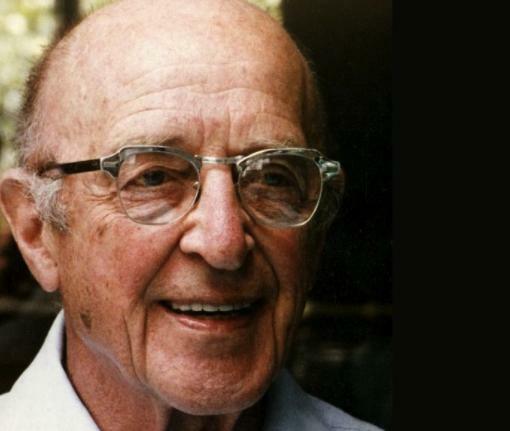By Dr. George Boeree. March 20, 2018

Carl rogers He is one of the most influential theorists, therapists, and researchers in psychology. His approach to therapy is to allow the patient, whom he prefers to call a client, in control of his own therapy. Originally, he called it nondirective therapy, because he believed that therapist he should steer clear of actively trying to help the client. Instead, the therapist should be a caring helper who he listens to.
Listening is one of those skills that everyone thinks they have, but few actually do. Rogers introduced a "technique" known as reflection: The therapist listens to the client and "reflects" the significant thoughts and feelings by telling the client what he heard them say.
Some therapists do this in a mechanical way, which makes them sound like parrots with a psychology degree, but that's not what Rogers wanted. It should be a genuine communication of understanding and concern. Today, the reflection is only a part of what is called the
- He or she must be congruent. Basically this comes down to being honest, not being fake. Rogers was particularly concerned that the therapist must be honest about her feelings. He felt that clients can always tell when you're faking, so in order to build trust in the therapeutic relationship, congruence is a must.
- He or she must be empathic. The therapist must be able to identify with the client, understanding them not so much as a psychologist but as a person who has also seen part of her problems. The therapist must be able to look into the client's eyes and see himself. Active listening is the therapist's way of showing that he or she is really trying to understand the client.
- He or she must show the customer a unconditional positive regard. This does not mean that the therapist has to love the client, or even like them. It means that he or she should respect them as a human being, and not judge them. This may be the hardest thing for a therapist to do, but Rogers believes that only by feeling respect can a client improve.
In earlier theories, the therapist was automatically in a "unique" position in the therapeutic relationship. Think of a seesaw where the therapist is higher than the client. There is an inherent "expert" in counseling relationship. Rogers promoted a more equal relationship between psychologist and client. Now the psychologist and the patient on the seesaw could look directly at each other. Rogers was also one of the first therapists to use the term "client" instead of "patient."
This article is merely informative, in Psychology-Online we do not have the power to make a diagnosis or recommend a treatment. We invite you to go to a psychologist to treat your particular case.


